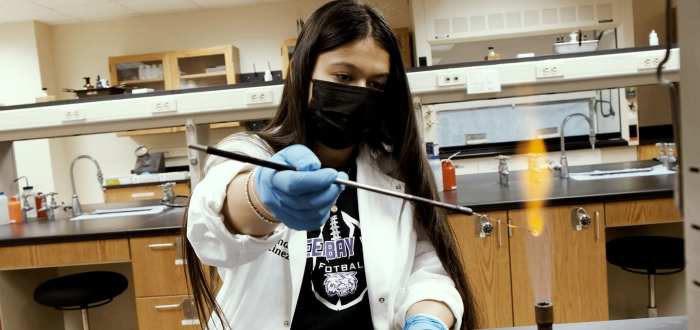Tiny Earth: A Research Guide to Studentsourcing Antibiotic Discovery unveils the groundbreaking potential of harnessing student ingenuity to combat the growing threat of antibiotic resistance. This guide provides a comprehensive roadmap for researchers, educators, and students alike, empowering them to engage in the exciting frontier of crowdsourced antibiotic discovery.
Through engaging case studies and expert insights, Tiny Earth illuminates the transformative impact of student-led initiatives in identifying novel antibiotics. By leveraging the collective knowledge and enthusiasm of students, this innovative approach has the potential to revolutionize the pharmaceutical industry and reshape our fight against infectious diseases.
Introduction

Antibiotic resistance poses a significant threat to global health, necessitating innovative approaches to discover new antibiotics. “Tiny earth” is a promising concept that harnesses the power of crowdsourcing to identify novel antibiotic compounds from environmental samples.
Studentsourcing, a form of crowdsourcing involving students, offers several advantages. Students are enthusiastic, eager to learn, and have access to diverse environments and sample sources, increasing the likelihood of discovering novel antibiotics.
Methods
Crowdsourcing in antibiotic discovery involves engaging a large number of individuals to collect and analyze samples for potential antibiotic activity.
Successful studentsourcing initiatives include the Small World Initiative and the iGEM competition, where students from various universities and institutions collaborate to identify and characterize novel antibiotics.
Ethical considerations in studentsourcing include ensuring informed consent, protecting intellectual property rights, and addressing potential conflicts of interest.
Results, Tiny earth: a research guide to studentsourcing antibiotic discovery
Case studies of antibiotics discovered through tiny earth initiatives include teixobactin, discovered by students at Northeastern University, and albicidin, discovered by students at the University of California, Berkeley.
These discoveries have contributed to the fight against antibiotic resistance by providing new lead compounds for further development.
Studentsourcing has shown promise in identifying novel antibiotics, with studies suggesting it can be as effective as traditional methods in certain contexts.
Discussion
Tiny earth offers several advantages, including increased sample diversity, reduced costs, and the potential for rapid discovery.
Limitations include the need for standardized protocols, quality control, and the potential for false positives.
Future research should focus on optimizing studentsourcing methods, exploring new sample sources, and developing innovative technologies for antibiotic discovery.
FAQ Overview: Tiny Earth: A Research Guide To Studentsourcing Antibiotic Discovery
What is tiny earth?
Tiny Earth is a global initiative that connects students with researchers to crowdsource the discovery of new antibiotics.
How does studentsourcing contribute to antibiotic discovery?
Studentsourcing harnesses the collective knowledge and enthusiasm of students to identify novel antibiotics, complementing traditional research methods.
What are the ethical considerations associated with studentsourcing?
Ethical considerations include ensuring informed consent, protecting student privacy, and addressing potential conflicts of interest.


